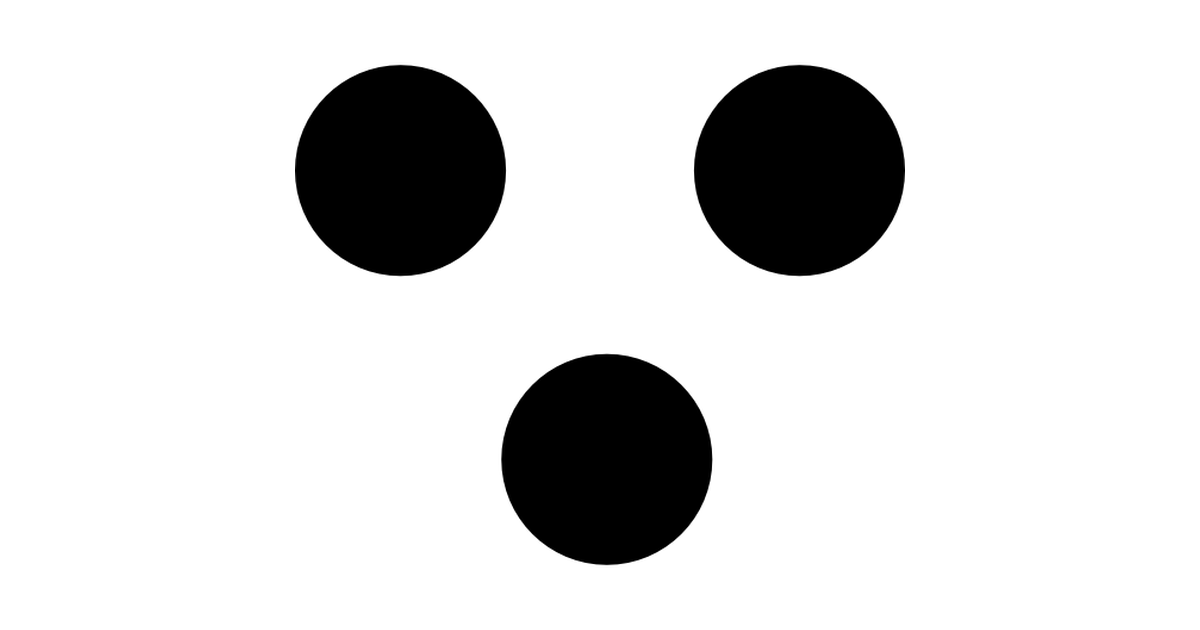Obscure punctuation we need to bring back
Writing has the occasional habit of being too subjective.
Sure…we can tell if something is a question or an exclamation, but sometimes you need a little more than that. Sometimes you want to clearly convey sarcasm. Or reinforce a statement with a piece of punctuation which leaves no room for misinterpretation.
If you can relate, scroll down and scoop up some of these punctuation beauties…
Image via The Guardian
Interrobang
The interrobang is the bastard child of the exclamation mark and the question mark. They come together in one all-powerful symbol to indicate that you’re shouting a question. For example:
“What the ACTUAL fuck, Gary‽”
I like to think its name indicates its use: interrogation with a bang.
Image via Flaticon
Because sign ∵
Take the ‘therefore’ symbol, turn it on its side and you have the ‘because’ symbol.
It’s a neat little piece of punc to use when scribbling down notes for yourself.
Image via Pinterest
Doubt point
Not sure about something? The doubt point has you covered, bb. Throw this into the mix whenever you’re ending a statement you aren’t certain of.
Image via graphemica.com
The dagger
What a goth name for a relatively mundane piece of punctuation. The dagger (also known as an obelisk or obelus) is used as a reference mark to signify additional notes at the foot of the document. It also has a double-headed variation, which looks dope (‡).
Image via Reader’s Digest
Certitude point
When you’re certain of something, you’re gonna crack this baby out and stick it at the end of your sentence. For example:
“Adam Driver will be my husband!̶”
It’s the direct opposite of the ‘doubt point’ above.
Image via Reader’s Digest
Percontation point
Also known as the ‘rhetorical question mark’, a percontation point was invented back in the day to help readers recognise irony or sarcasm in writing. It’s a backward question mark, which I find rather adorable.
Image via Pinterest
Asterism
The asterism (or triple asterisk) is an upward pointing triangle of asterisks. It’s used to:
A) Highlight large blocks of text.
B) Separate large blocks of text in place of a subheading or horizontal line.
Turn it on its side and it becomes a ‘dinkus’. It can also be used to mean “untitled”.
Image via Reader’s Digest
Acclamation point
I love the idea behind this piece of punctuation — it’s used to indicate a welcoming tone and a sense of goodwill. Gives your usual exclamation mark a lil bit more jollity.
The SarcMark
Not enough people pick up on sarcasm in writing. Luckily, Paul Sak has you covered with his trademarked invention — the SarcMark.
Toss this bad boy onto the end of a particularly acidic sentence and you’re good to go.
Image via The Guardian










